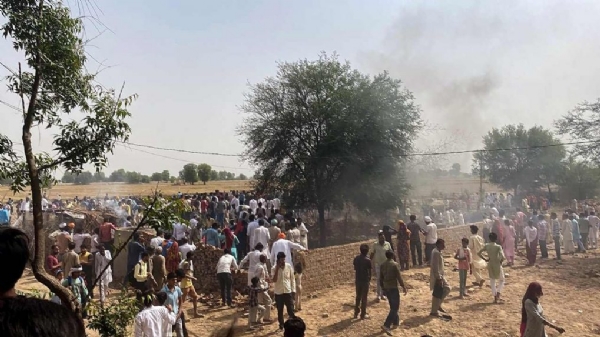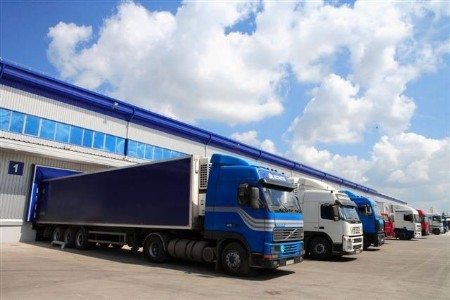NB Explains | IAF's MiG-21 crashes in Rajasthan, an unwanted record of India's military aviation
With the latest crash of IAF"s MiG-21 in Rajasthan leaving three dead, it has created an unwanted record within India"s military aviation
Total Views | 71
Three civilians were killed and as many injured on the ground after a MiG-21 fighter aircraft of the Indian Air Force (IAF) crashed during a routine training sortie in the Hanumangarh district of Rajasthan. The pilot sustained minor injuries as he ejected from the plane.

This comes after the fourth major accident of the relatively new indigenous 'Dhruv' advanced light helicopters (ALH) in six months, an unwanted record in military aviation in the country.
Poor record of MiG-21 jets
Around 55 military personnel have lost their lives in over 50 aircraft and helicopter accidents in just over five years.
An outdated fleet. The old MiG-21 jets as well as the Cheetah/Chetak helicopters, both of which should have been retired a couple of decades ago, in particular, have an alarming crash record. This latest development put the spotlight on the poor safety record of MiG-21 jets which have been involved in 400 crashes in the last six decades.
The other factors
These old aircrafts of IAF that lack modern avionics and inherent safety features, inadequate training and supervision of pilots as well as technicians, poor maintenance and overhaul practices, and lack of quality control on spares, all lead to the unacceptable high crash rate.
Apart from this, human errors (pilots/technical crew), technical defects are responsible for around 90% of the crashes, with bird strikes and other reasons making up the rest.
What is IAF expecting?
The armed forces have been demanding new light utility helicopters for over two decades to replace Cheetah and Chetak fleets. But their replacements are still to emerge out of the doldrums.
Similarly, IAF is forced to fly the Soviet-era MiG-21s, which were the first truly supersonic fighters to be inducted by IAF in 1963 and underwent upgrades in late years, because of the huge delays in new inductions.
Bharati Web






